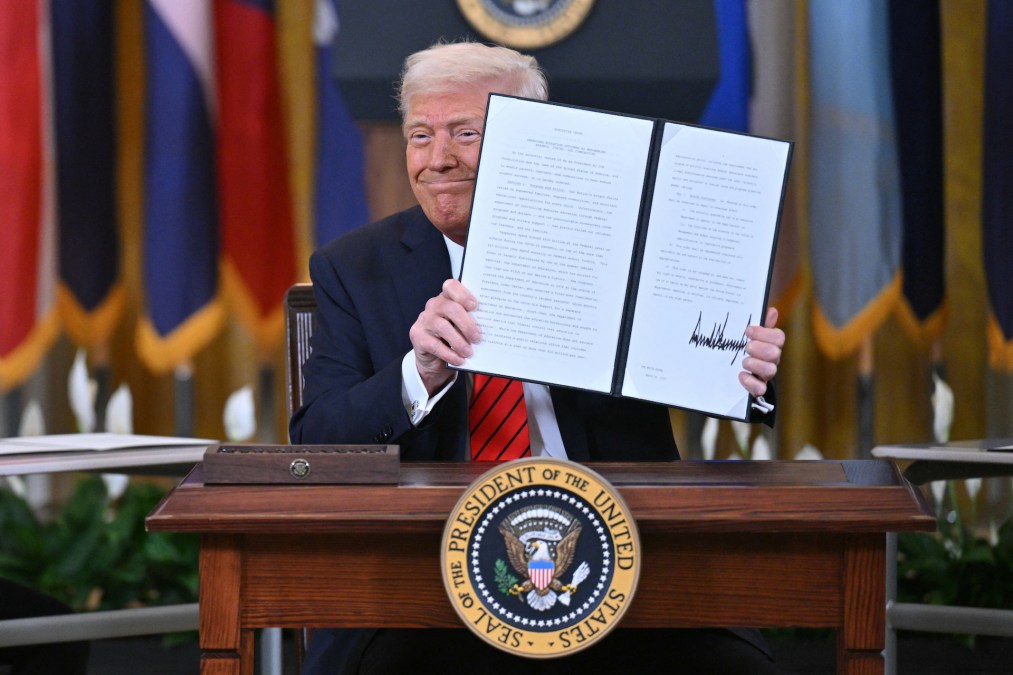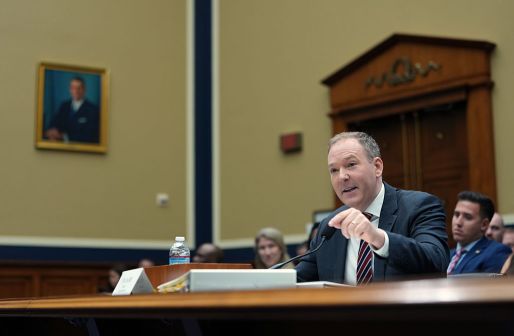Trump orders tech modernization push for environmental permitting

The Trump administration issued an executive order Tuesday directing federal agencies to maximize the use of technology in environmental review and permit processes for infrastructure development projects.
President Donald Trump’s executive order aims to streamline processing time for projects, ensure legal departments in agencies have technology to provide enhanced defense of challenged environmental documents and permit decisions, reduce duplicative data submissions and more.
Federal agencies and executive departments “shall make maximum use of technology in environmental review and permitting processes for infrastructure projects of all kinds, such as roads, bridges, mines, factories, power plants and others,” the order states.
It also calls for the Council on Environmental Quality (CEQ) to create a plan for technology use in permitting.
“The government does not properly leverage technology to effectively and efficiently evaluate environmental permits, causing significant delay to important infrastructure projects that impact our economic well-being,” the directive states. “This will now change.”
The CEQ coordinates and consults with agencies, provides guidance for National Environmental Policy Act (NEPA) implementation to “ensure timely environmental review and permitting processes across the government,” and advises the president on environmental quality policies.
Under the order, the council has 45 days to pull together a plan for modernizing technology in permitting and environmental review processes for infrastructure development. That plan is required to include an initial data and tech standard for permit applications and reviews under NEPA “and other applicable permits and authorizations.”
The chairman’s plan must list minimal functional requirements for an agency’s NEPA and permitting-related software systems that incorporate automation to expedite low-level reviews, data-driven document structure, and data collection and reporting to “minimize timeline uncertainty for environmental reviews.”
The plan should also provide a roadmap for creating an interagency permitting and environmental review data system that consists of interconnected agency systems and shared services. This must include “iterative development of new platforms, tools and capabilities, key investments and decision points for consolidating digital infrastructure and resulting outcomes for environmental review and permitting.”
Additionally, the CEQ chairman must establish and lead an interagency Permitting Innovation Center (PIC) that will facilitate agency adoption of prototype software for permitting, including case management systems, application submission and tracking portals, data exchange between agency systems and more.
Stephen Ehikian, General Services Administration administrator, is called on to provide support for the establishment of the PIC through the agency’s Technology Transformation Services, which just went through another round of workforce reductions.






